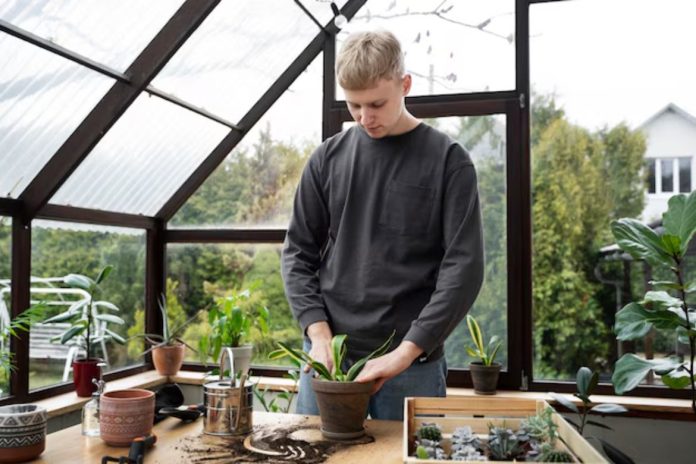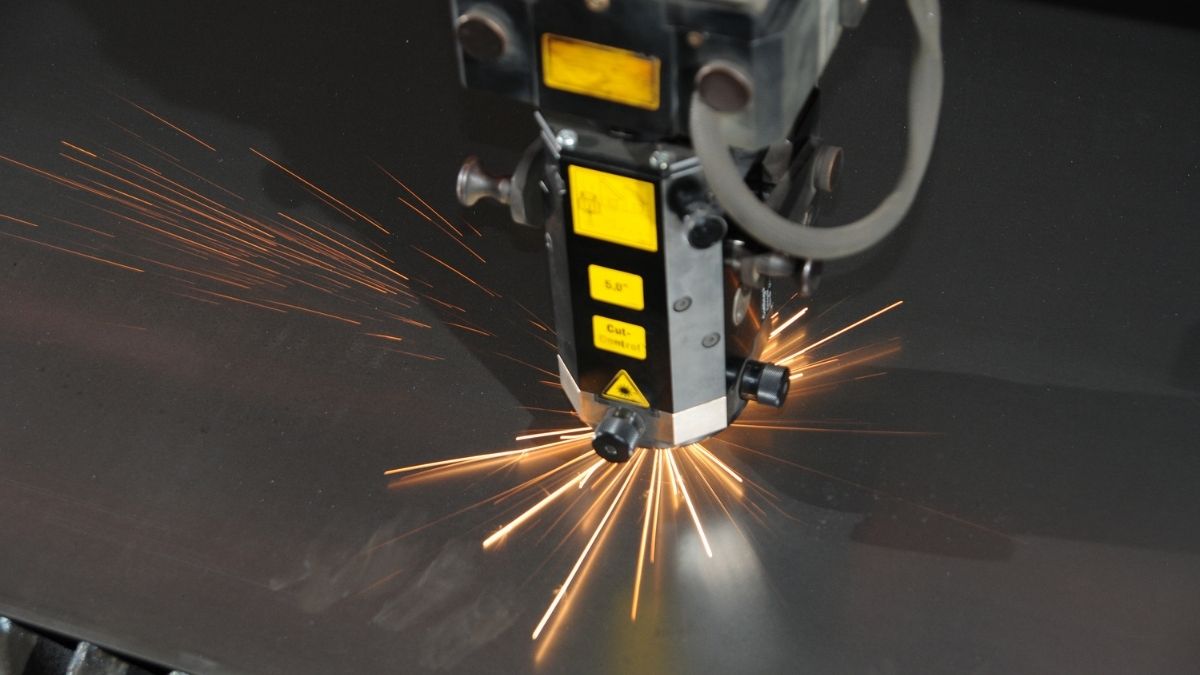Thinking about upgrading your conservatory with a warm roof? It’s a big decision. A warm roof can make your conservatory a usable, comfortable space all year round, but is it the right choice for you? Let’s break down the pros and cons.
Pros of a Warm Roof Conversion
1. Better Temperature Control
A traditional conservatory roof lets in too much heat in summer and loses warmth in winter. A warm roof changes that.
- Improved insulation keeps heat inside during winter and prevents overheating in summer.
- More comfortable living space—use your conservatory as an office, lounge, or dining area all year round.
- Less reliance on heating and cooling systems, leading to lower energy bills.
2. Lower Energy Costs
A warm roof reduces heat loss, helping you save on energy expenses.
- The Energy Saving Trust states that well-insulated roofs can cut energy costs by up to £250 per year.
- Reduces carbon footprint, making your home more eco-friendly.
- Minimises the need for portable heaters or air conditioning units.
3. Reduced Noise and Glare
Polycarbonate and glass roofs amplify outside noise and let in harsh sunlight.
- Quieter environment, reducing the sound of rain and wind.
- No more blinding glare, making it easier to relax or work.
- Soft, ambient lighting for a more enjoyable atmosphere.
4. Increased Property Value
A conservatory that’s usable year-round adds real value to your home.
- More appealing to potential buyers, as it functions like a proper extension.
- Energy-efficient upgrades make properties more attractive.
- Seamless integration with your home, rather than looking like an add-on.
5. Aesthetic Improvement
Getting a professional conservatory warm roof conversion by a specialist such as Point Roofing can transform the look of your conservatory inside and out.
- Matches your home’s existing roof, creating a cohesive appearance.
- Interior ceiling can be plastered, adding a modern touch.
- Option to add spotlights or LED lighting for a contemporary finish.
Cons of a Warm Roof Conversion
1. Higher Initial Cost
Upgrading to a warm roof is an investment.
- Costs more than repairing or replacing a glass roof.
- Professional installation required, adding to expenses.
- Long-term savings offset the upfront cost, but it still requires a budget.
2. Longer Installation Time
Unlike a standard roof replacement, a warm roof takes longer to install.
- Most projects take 3 to 5 days, depending on complexity.
- Requires structural assessment to ensure the conservatory can support the new roof.
- Temporary disruption, though professional teams minimise inconvenience.
3. Potential for Reduced Natural Light
A solid warm roof blocks direct sunlight.
- Less natural light enters the space, compared to a glass or polycarbonate roof.
- Adding roof windows or skylights can help maintain brightness.
- Interior lighting solutions can compensate for any lost daylight.
4. Possible Planning Permission Requirements
In some cases, you might need approval before converting your roof.
- Most warm roofs don’t require planning permission, but it’s best to check.
- Building regulations must be met, ensuring safety and compliance.
- Consulting a professional helps avoid legal issues.
Is a Warm Roof Right for You?
Ask yourself:
- Do you want to use your conservatory all year round?
- Are high energy bills a concern for you?
- Do you prefer a quieter, more private space?
- Is long-term value more important than upfront costs?
A warm roof conversion offers significant benefits, but it’s important to weigh the drawbacks. If comfort, efficiency, and aesthetics matter to you, it could be the perfect upgrade.









